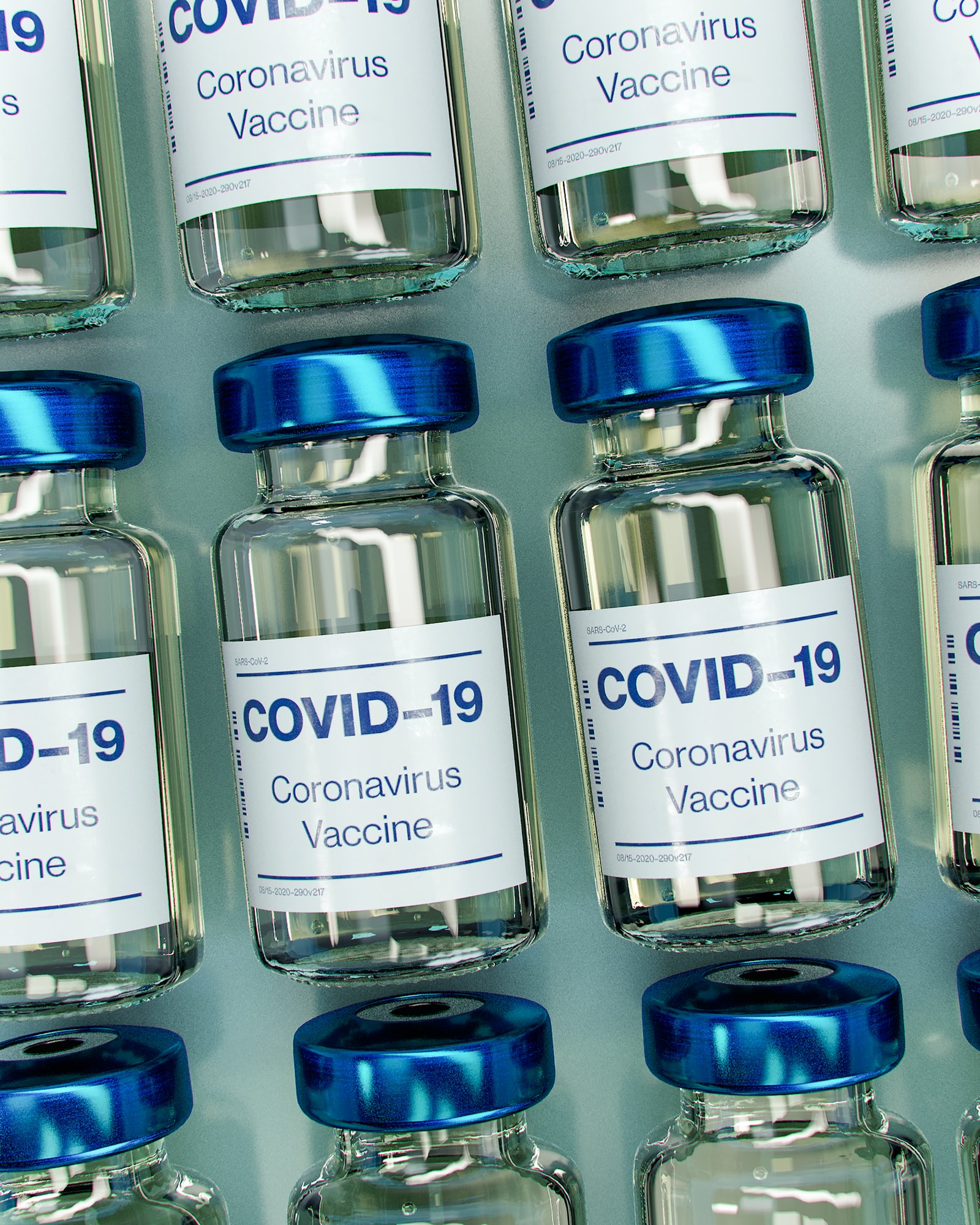Objective:
To assess the most effective COVID-19 vaccination strategy distribution in NSW, accounting for limited stockpile, and insights to reach herd immunity.
Note: Research undertaken in December, 2020 for wild-type and earlier variants with R0 = 2.5.
Findings:
With a limited vaccine stockpile enough for 1 million people in NSW, if there is efficacy as post-exposure prophylaxis (PEP), the most efficient way to control COVID-19 will be ring vaccination – however, at least 90% of contacts per case needs to be traced and vaccinated. Health worker vaccination is required for health system resilience. Age based strategies with restricted doses make minimal impact on the epidemic, but vaccinating older people prevents more deaths.
Herd immunity for wild-type SARS-CoV-2 could only be achieved with mass vaccination. With 90% vaccine efficacy against all infection, herd immunity can be achieved by vaccinating 66% of the population. A vaccine with less than 70% vaccine efficacy cannot achieve herd immunity and will result in ongoing risk of outbreaks. For mass vaccination, distributing at least 60,000 doses per day was required to achieve control. Slower rates of vaccination would have resulted in the population living with COVID-19 longer, and higher cases and deaths.
With the more infectious Delta variant (R0 of about 6.5), reaching herd immunity in the absence of high vaccine efficacy is less likely.
View paper

